Most factory exhaust systems on classic cars were choked-down cast iron manifolds that left plenty of performance on the table. But a few rare models broke the mold, rolling off the assembly line with headers—or something so close it blurred the line. These weren’t aftermarket bolt-ons; they were born this way. Whether designed to meet race homologation rules or squeeze every ounce of power from a high-strung big block, these factory-installed headers proved that some manufacturers weren’t afraid to get serious about performance right out of the gate. Here are ten standouts that showed up already breathing better.
Shelby GT350’s Factory Tri-Y Headers
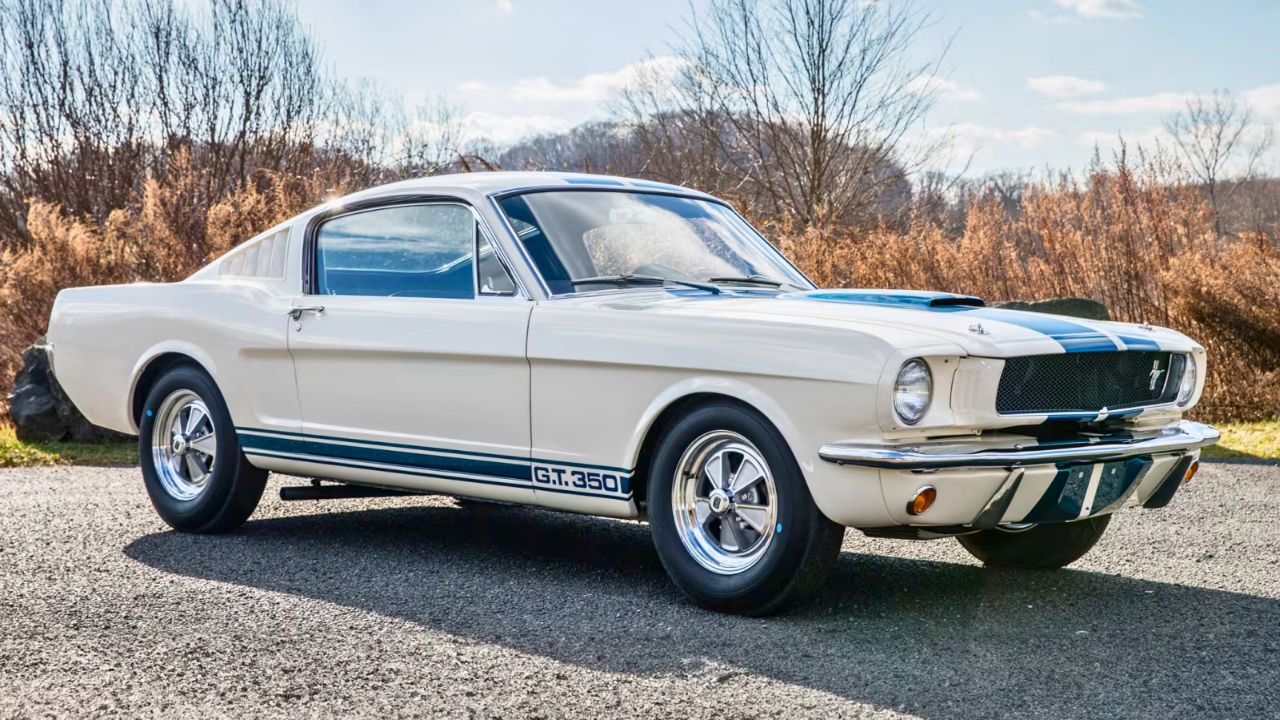
The original Shelby GT350 Mustangs from 1965 and 1966 stand out for many reasons, but one overlooked detail is their factory-installed Tri-Y headers. Unlike the typical cast iron manifolds found on most muscle cars of the era, these tubular headers improved exhaust flow and made the high-revving 289 HiPo engine even more responsive.
Shelby opted for Tri-Ys because they offered a blend of torque and top-end power. The split design grouped exhaust pulses for better scavenging, making the GT350 one of the sharpest-handling and quickest pony cars of its time.
1969 Camaro Z/28 and Its Dealer Headers
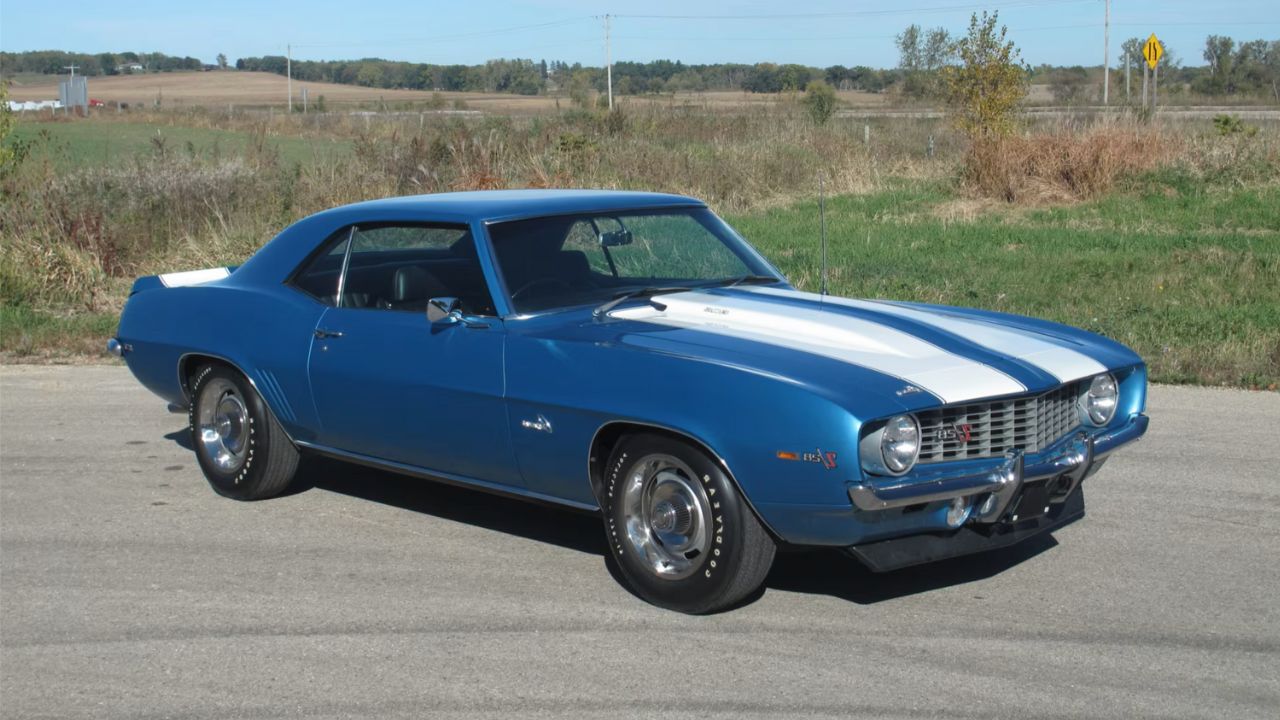
The 1969 Z/28 Camaro was built to dominate Trans-Am racing, and while it didn’t leave the factory with headers bolted on, they were often included in the trunk when ordered with the JL8 or Cross-Ram packages. These headers were designed specifically to work with the high-revving 302 small-block.
Chevrolet knew the DZ302 needed to breathe freely to make power up top. Though dealer-installed, these headers were effectively part of the performance package, giving racers a competitive edge and making the Z/28 a legit track-ready car.
Corvette L88 and ZL1 Included Race Headers
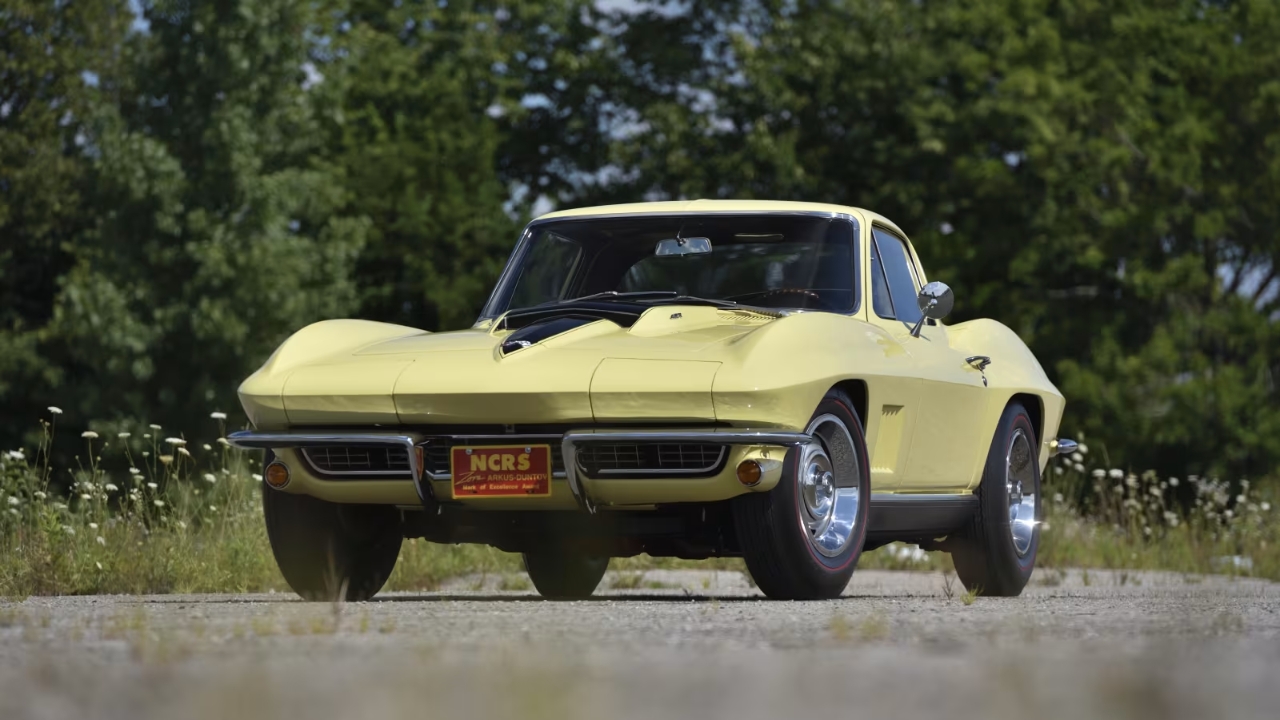
The late ’60s Corvette L88 and the ultra-rare ZL1 were serious performance machines meant for racing. Both cars were shipped with headers included in the sale, either installed or in the trunk, depending on local regulations.
The ZL1’s all-aluminum 427 was a beast, making over 500 hp in race trim. Factory headers helped reduce backpressure and squeeze out every last bit of performance. These weren’t daily drivers—they were street-legal race cars built for track dominance.
Pontiac Ram Air IV Manifolds Were Practically Headers
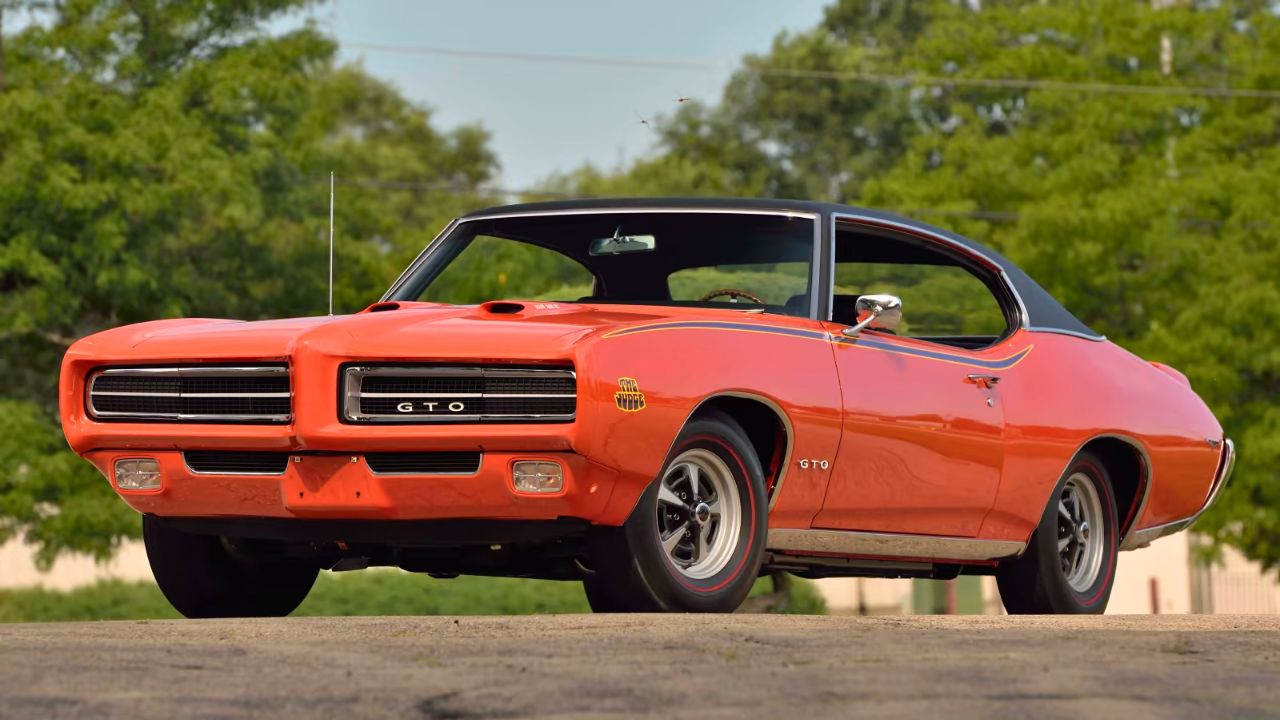
While Pontiac didn’t technically install tubular headers, their Ram Air IV cast iron manifolds came extremely close. These high-flow manifolds featured long, smooth runners that outperformed many aftermarket header setups.
Used on top-tier GTOs and Firebirds, the Ram Air IV engine was rated at 370 horsepower, though actual output was likely much higher. The manifolds were engineered for performance, giving owners race-grade flow without compromising on reliability.
Mopar 340 A-Bodies with High-Flow Manifolds

Dodge and Plymouth 340-powered A-bodies like the Dart GTS and ‘Cuda 340 didn’t get headers per se, but their factory manifolds were far from typical. Designed with tuned lengths and smoother curves, these manifolds acted more like shorty headers.
Their performance was strong enough that many racers kept them instead of swapping to aftermarket pipes. For a street car, the 340’s snappy throttle response and high-rev capabilities were helped significantly by these factory pieces.
1967 L79 Corvette: Factory Muscle with Manifold Tech
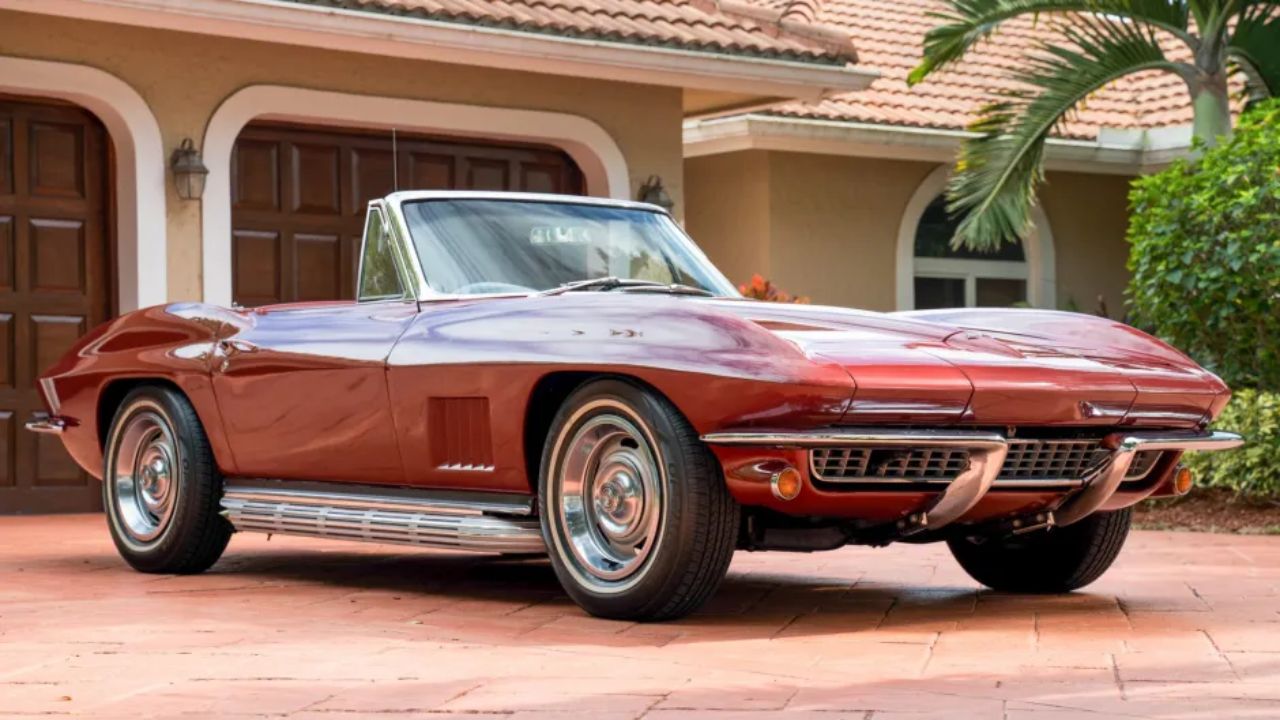
The L79 327 engine offered in the Corvette and some full-size Chevys may not have used true headers, but the high-flow manifolds and aggressive camshaft made it a standout. Rated at 350 horsepower, it paired performance with drivability.
The exhaust manifolds were designed to complement the engine’s solid lifter cam and high rev ceiling. While not tubular, they were optimized for flow in ways most other GM cars weren’t. This made the L79 a favorite among weekend racers.
AMC AMX 390 with Group 19 Headers
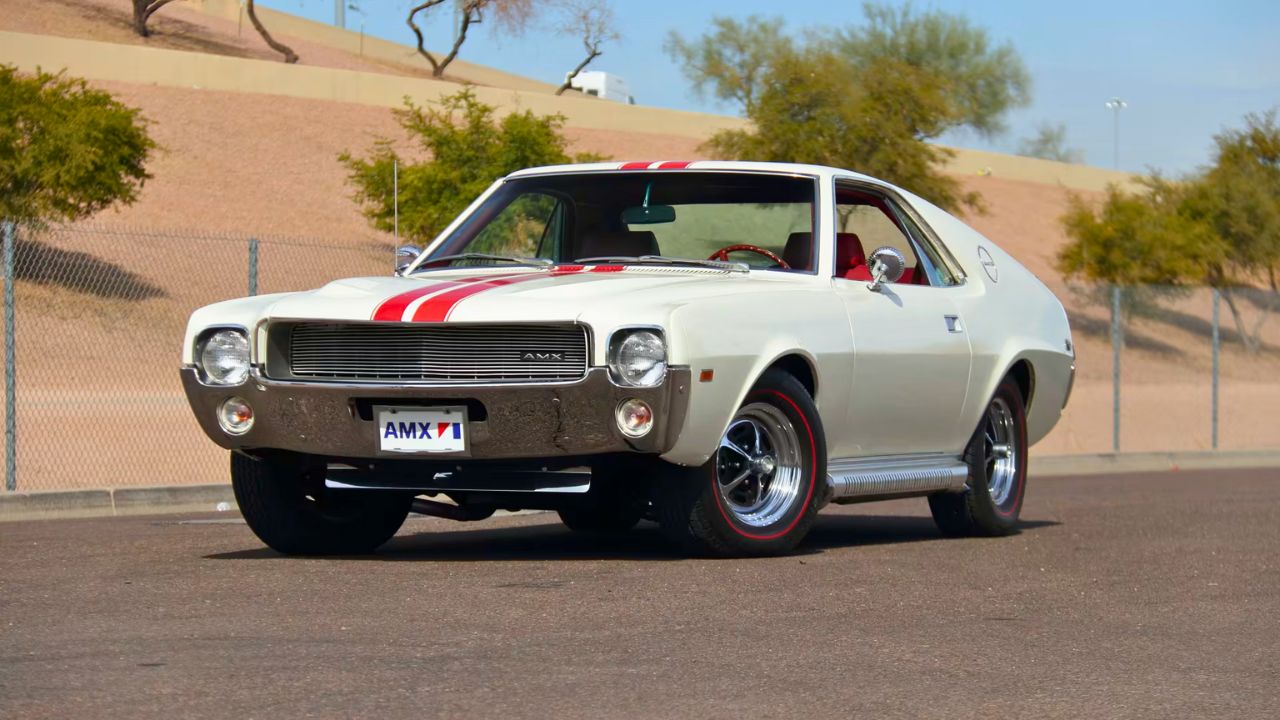
While the AMC AMX 390 didn’t come with headers as standard, dealers offered Group 19 performance parts, which included a factory-designed tubular header set. These weren’t aftermarket hacks—they were AMC-engineered and supported under warranty.
The headers helped unleash more of the 390’s torque and horsepower, making the already quick AMX a more serious threat on the street and strip. It was AMC’s way of competing in a muscle car world dominated by the Big Three.
Boss 302 Mustang with Factory Support for Headers
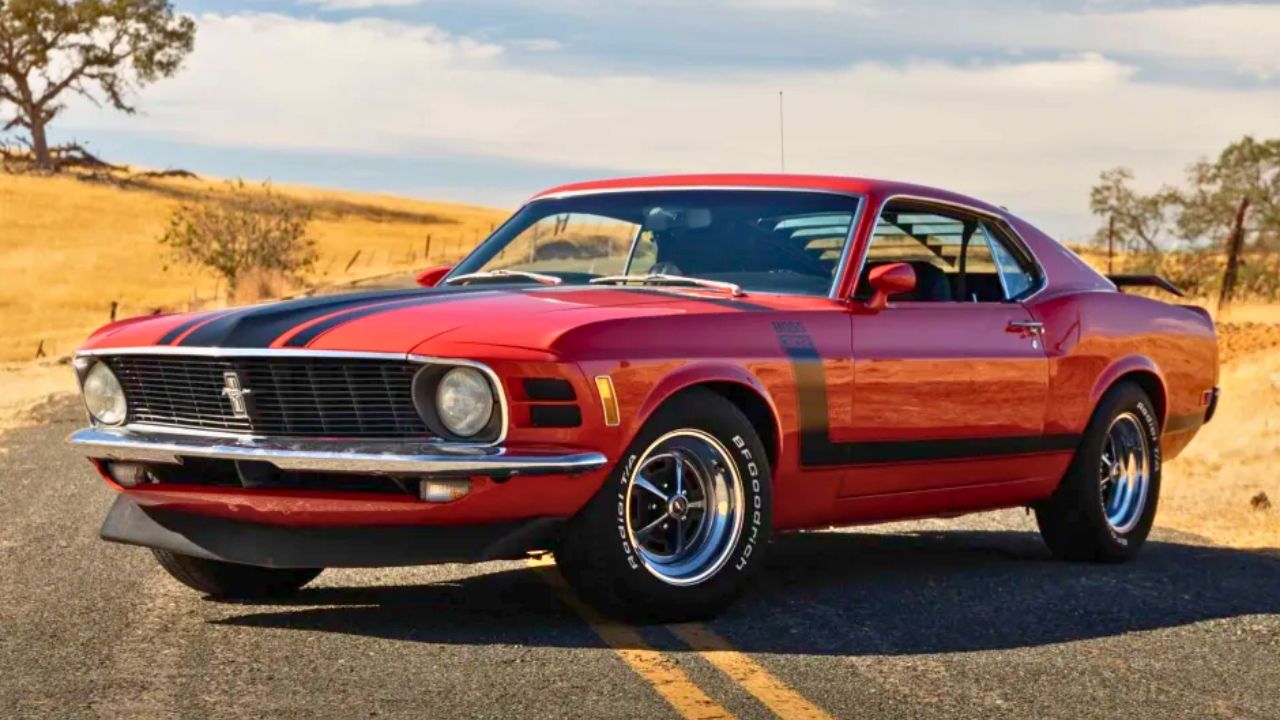
Much like its Camaro Z/28 rival, the 1970 Boss 302 Mustang had factory backing for Trans-Am competition, and that meant headers. While not always installed on street versions, Ford made sure teams had access to tubular headers for racing.
The Boss 302’s high-winding solid-lifter V8 needed serious breathing room, and headers gave it exactly that. Even street cars benefitted from the same engineering, with plenty of owners opting to install the exact same Ford Performance headers used on the track.
Buick GS Stage 1 with Heavy-Duty Exhaust

Buick’s GS Stage 1 package was all about torque, and while it didn’t use true headers, its factory manifolds were designed for high output. The 455 Stage 1 made a claimed 360 horsepower and 510 lb-ft of torque—numbers that rivaled many header-equipped rivals.
The manifolds were port-matched and smoother than typical Buick castings, giving the big engine the ability to breathe better under load. Combined with an aggressive cam and high-flow heads, the system worked like a charm.
Yenko Super Camaros and Novas with Hooker Headers
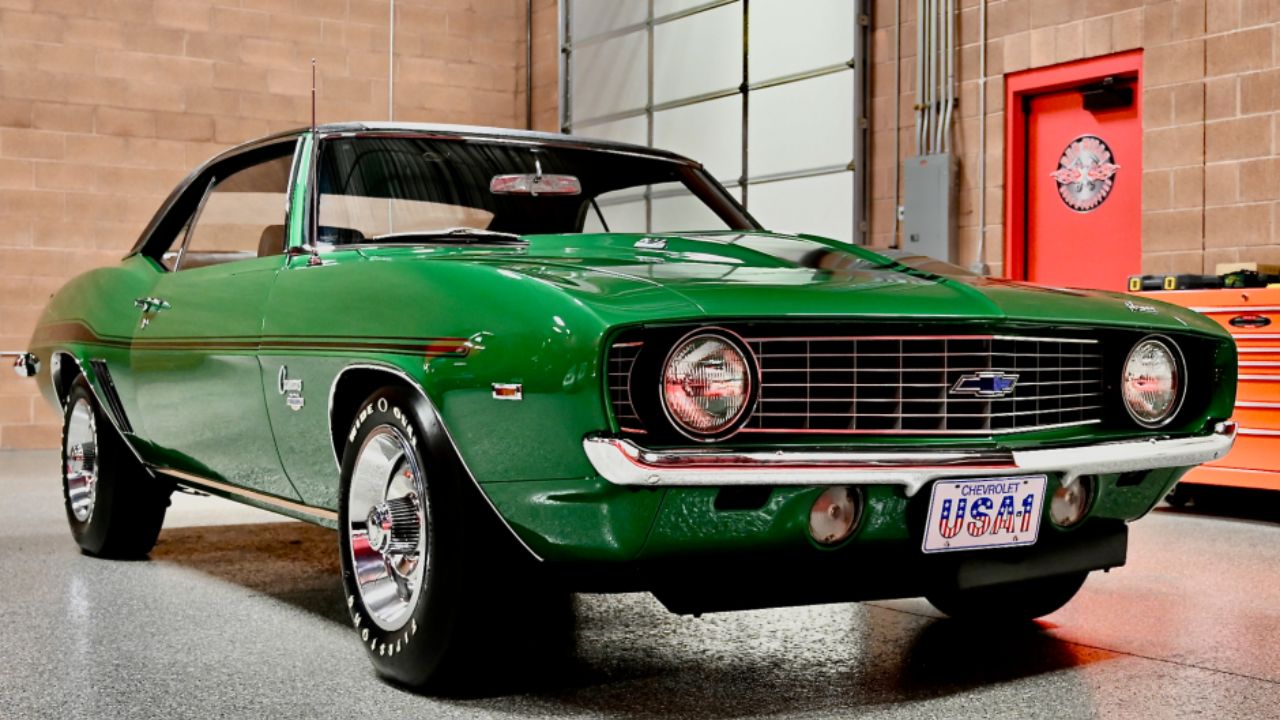
Yenko’s performance Chevrolets weren’t just about badge swaps. Many Yenko Camaros and Novas included Hooker headers, either as dealer options or installed before delivery. These were name-brand headers tuned for real gains.
Don Yenko knew that serious street racers needed more than just cubes. The headers helped unleash more of the 427 or 454 big-block’s performance, and they became a signature upgrade for anyone who wanted to go fast with factory backing.
Like Fast Lane Only’s content? Be sure to follow us.
Here’s more from us:
*Created with AI assistance and editor review.

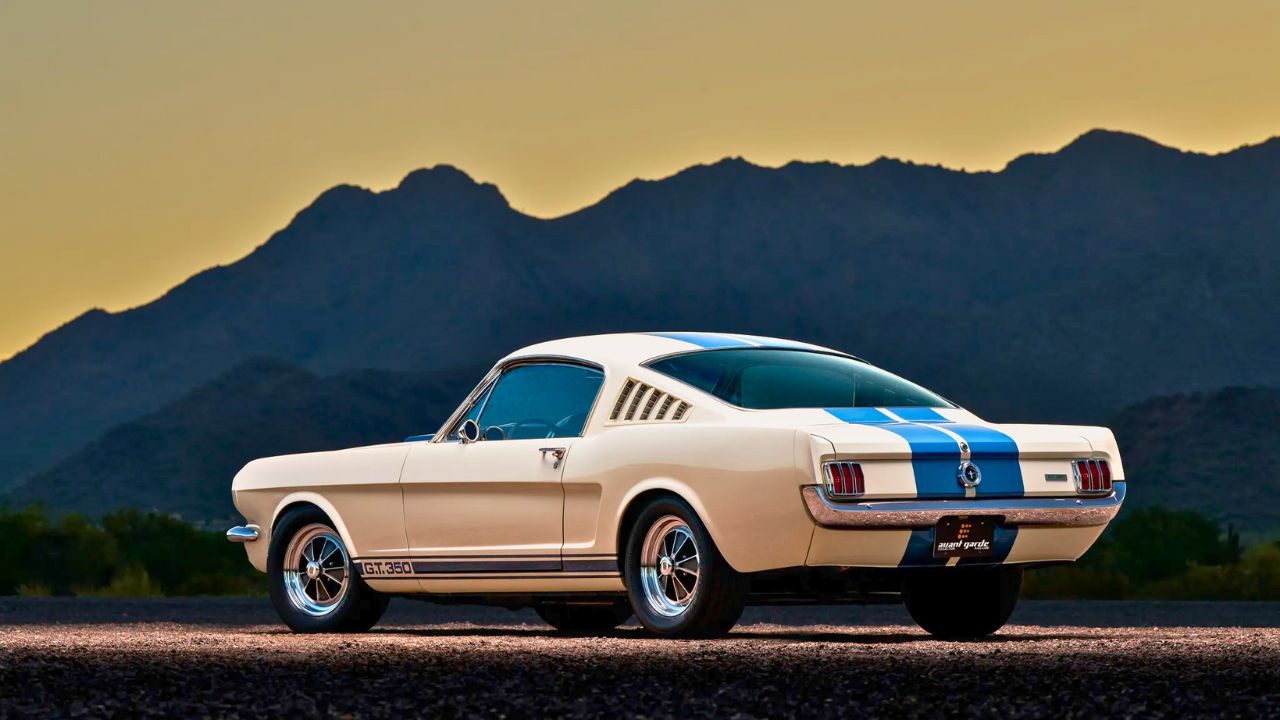

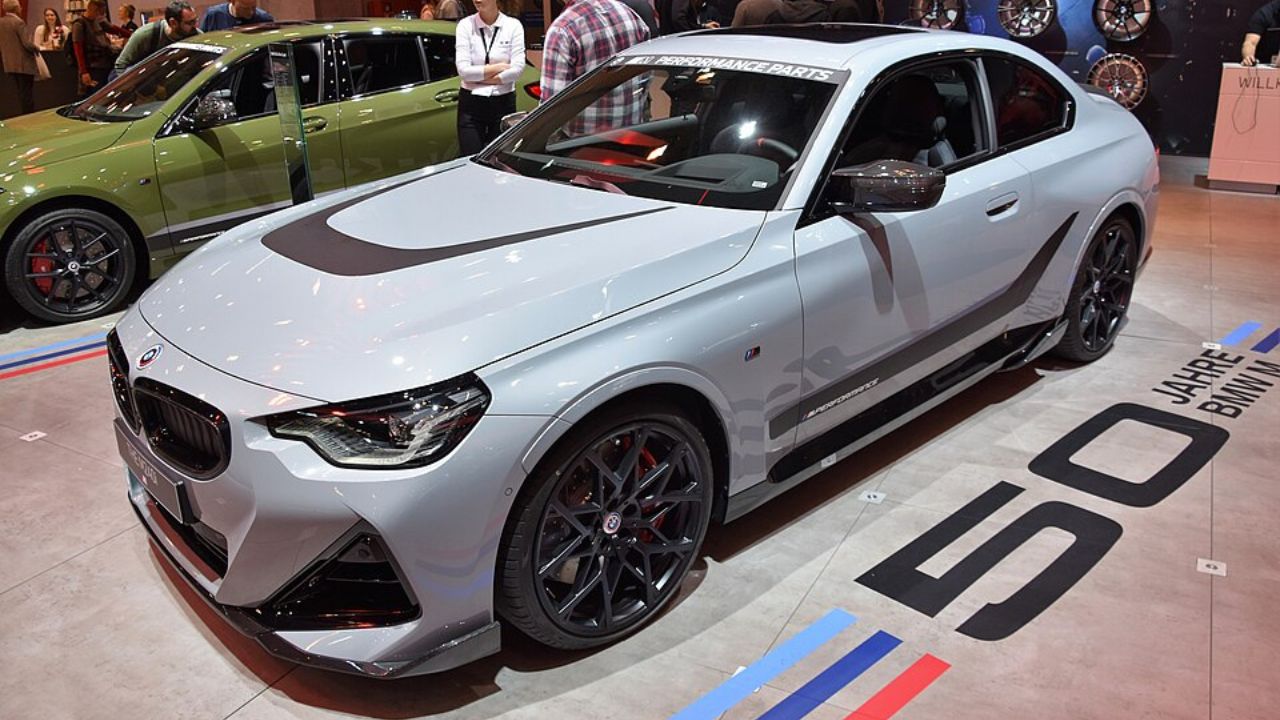
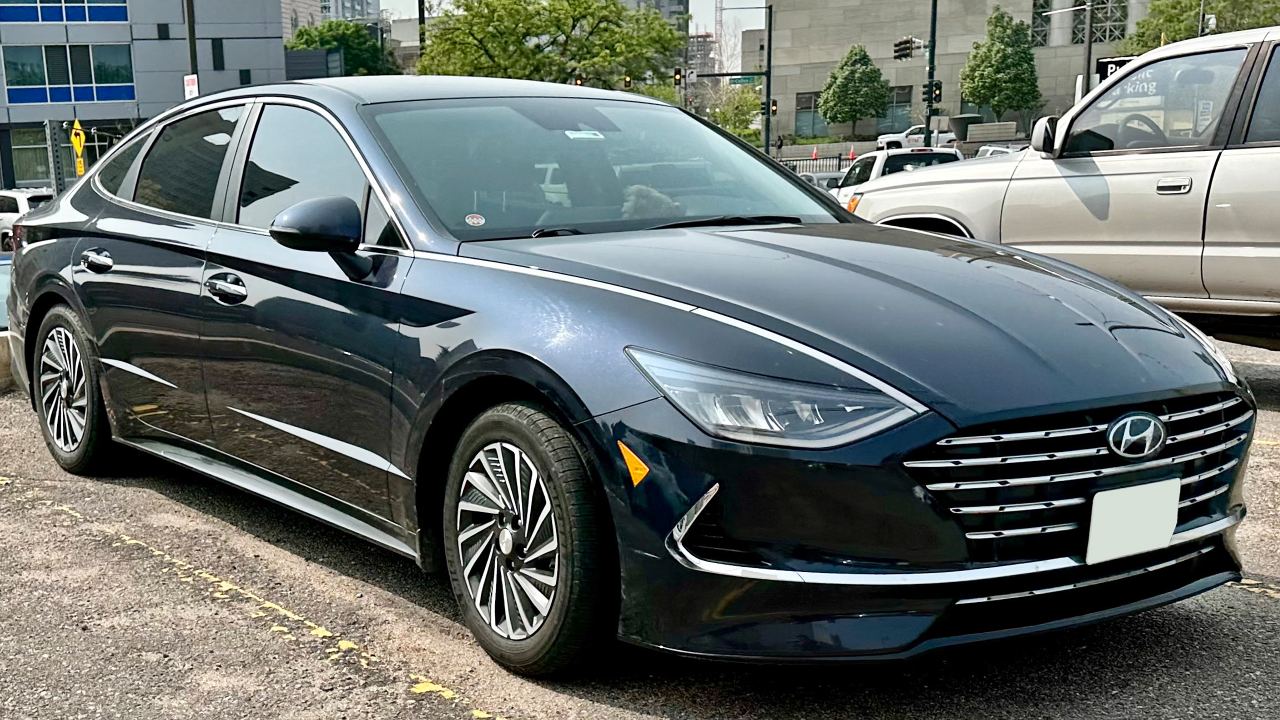
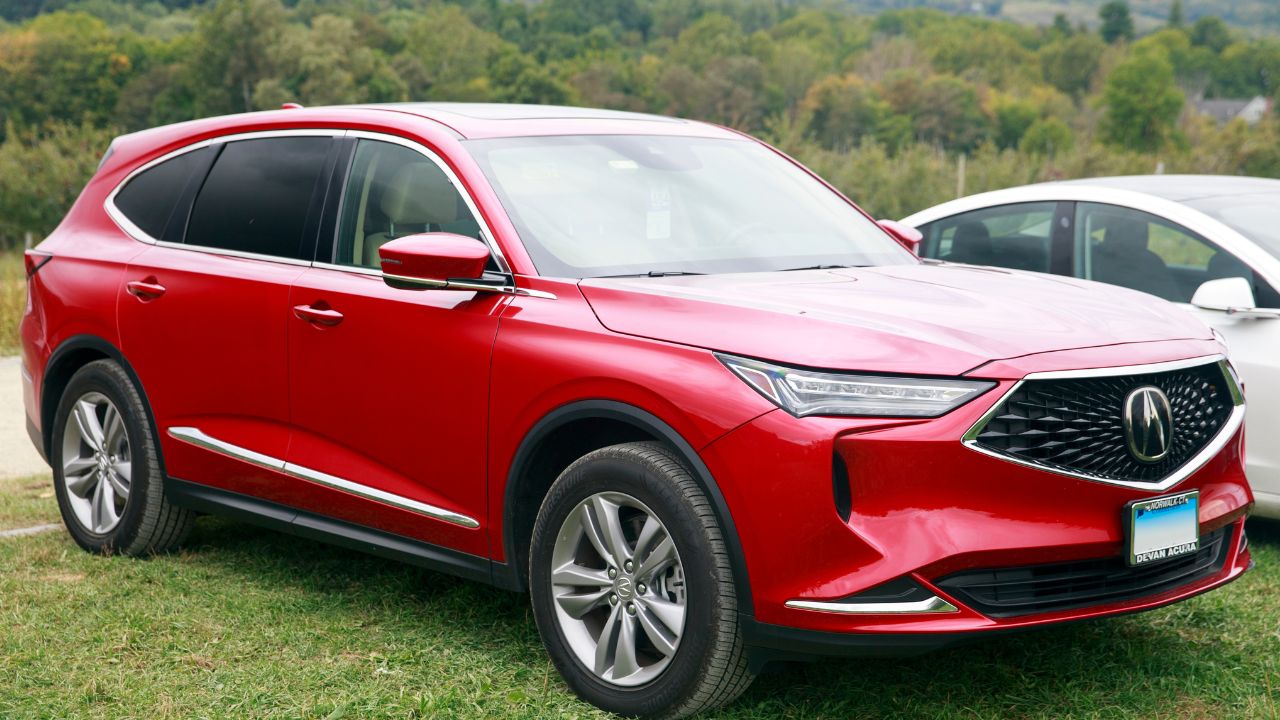
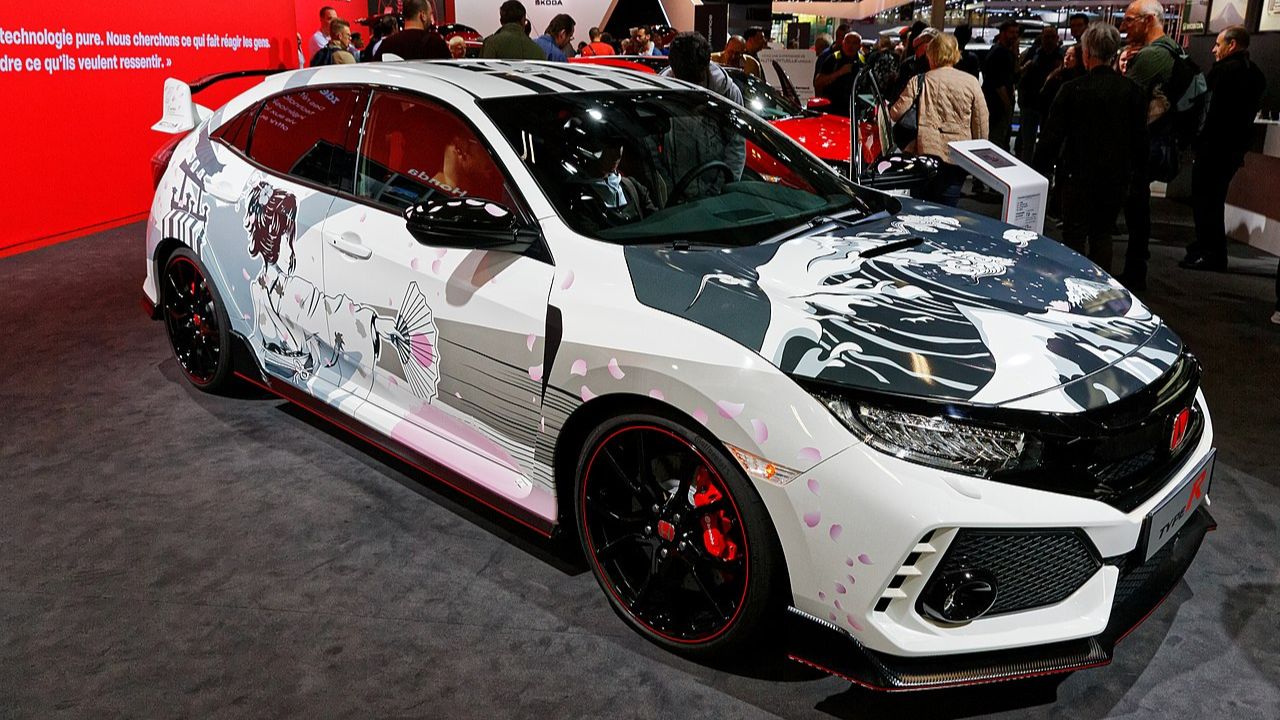
Leave a Reply